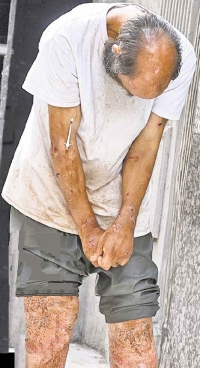
NYC's First Clean Up Team, Mayor Rudy Giuliani and Police Commissioner Bill Bratton,
New York Came Back in the ’90s—Then It Fell Again
Strong GOP leaders delivered safer streets and better schools.
Their successors proved weak or worse.
|
Sunday’s cover of the New York Post featured a large photo of a drugged out middle-aged man. He’s standing, hunched forward on a city sidewalk in broad daylight. His bare legs and arms are covered in open sores, and a hypodermic needle dangles from one of his biceps. You can’t help but wince.
The photo reminded me of “Gotham: The Fall and Rise of New York,” a documentary film released this year that ought to be required viewing for the city’s political leadership. It features interviews with more than two dozen former City Hall officials, police commissioners and policy analysts who recount the legacy of New York’s six mayors between 1966 and 2013.
“If you don’t really understand that legacy,” says former Manhattan Institute president Lawrence Mone toward the end of the movie, “you’re doomed to watch it fall apart before your very eyes.”
The city’s most consequential leader during that period was Republican Rudolph Giuliani, and before he hitched a ride on the Donald Trump train to stolen-election oblivion, his two terms as mayor had secured him an honorable place in New York political history. When Mr. Giuliani first won office in 1993, he inherited a city in crisis. Hundreds of thousands of jobs were lost to other cities, welfare dependency was growing, violent crime was at epidemic levels, and public parks had become open drug markets.
Mr. Giuliani’s likeable but feckless immediate predecessor, Democrat David Dinkins, was voted out after one term, but the city had been in decline for decades prior to the Dinkins administration. “Before this day is over,” began a 1965 campaign ad for Republican John Lindsay, “someone will be murdered,” “50,000 drug addicts will need another fix,” and “50 jobs will leave the city.” Lindsay served two terms, and those problems continued to grow worse for the next quarter-century. His police commissioner banned uniformed officers from making narcotics arrests, which infuriated people living in communities with lots of outdoor drug activity. By the time Lindsay left office in 1974, welfare rolls had exploded and the number of murders had nearly tripled.
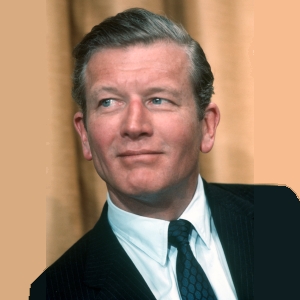 Pretty Boy John Lindsey 1966-1973 |
 Nicknameless - Mayor Ed Koch 1978-1989 |
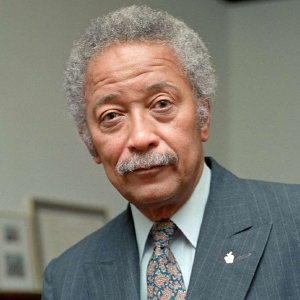 "Dinky" David Dinkins 1990-1993 |
"American Mayor" Rudy Giuliani Rudy 1994-2001 |
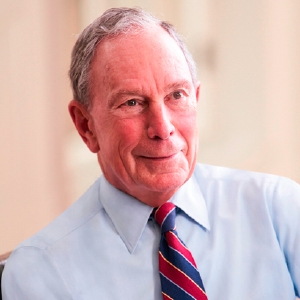 "Nanny" David Bloomburg Three term* 1978-1989 |
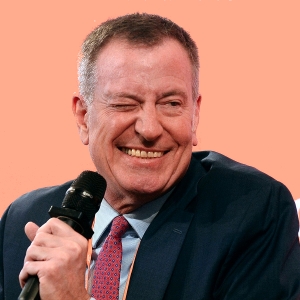 Warren Wilhelm Jr. became Mayor "Puts" Bill de-Blasio 2014-2021 |
 Mayor "Brother" Eric Adams 2022- |
The Giuliani administration won wide praise for making the city safe again, but William Bratton, the New York City police commissioner in the mid-1990s, told filmmakers that the dramatic reduction in crime stemmed from the ability of police to focus on maintaining order and not simply on capturing criminals after the fact. “In the 1970s and ’80s, police moved away from dealing with disorder on the streets and instead focused on responding to crime,” he said. “We didn’t deal with quality-of-life crime at all.”
Most people didn’t want cops off the street and sitting in their patrol cars waiting for 911 calls about serious crimes, Mr. Bratton said. Rather, they wanted the police to address things they saw every day: prostitution, graffiti, abandoned cars that weren’t towed away, gangs occupying street corners. The focus on lower-level offenses ultimately led to fewer serious crimes. Going after people who jumped the turnstile to avoid paying the subway fare, for example, led to the arrest of more people with outstanding warrants or who were carrying illegal weapons. Between 1993 and 2001, the year Mr. Giuliani left office, murders in New York fell by two-thirds.
Michael Bloomberg, a Democrat who ran as a Republican, succeeded Mr. Giuliani in 2001 and continued his predecessor’s focus on safety and livability. Mr. Bloomberg also embarked on a popular and unprecedented expansion of school choice for low-income families wallowing in underperforming traditional public schools. Since Mr. Bloomberg left office 10 years ago, however, the city has been reverting to its old ways—neglecting quality-of-life issues, turning a blind eye to low-level crimes, allowing public spaces to become drug havens.
Mr. Bloomberg’s successor was Democrat Bill de Blasio, who spent two terms warring with law enforcement and charter-school proponents. Democrat Eric Adams, the current mayor, has done little to take the city in a new direction. Writing earlier this year in City Journal, Stephen Eide noted that under Mr. Adams “the welfare situation in New York resembles the crime situation—trends are headed in the wrong direction as some, if not all, of the Giuliani–Bloomberg era gains have been lost.”
Mr. Adams’s biggest mistake so far is of his own making. He has openly advertised New York as a “sanctuary” that will house and feed illegal immigrants with no questions asked. Tens of thousands of foreign nationals have taken him up on the offer with no end in sight. These are mostly young men, not allowed to work because of their immigrant status, being welcomed to a city that already has a serious homeless problem and a progressive district attorney who can’t be bothered with prosecuting petty criminals. What could go wrong?
